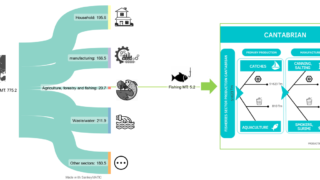
Highly efficient, durable, and economically competitive hydrogen evolution electrocatalyst
Global energy demand is expected to rise around 30% by 2040 according to the International Energy Agency (IEA). Hydrogen (H2) produced by the electrolysis of water, using renewable electricity, the so-called green hydrogen, has emerged as a promising energy vector to respond to this increasing energy demand with the potential to decarbonize transportation, heating, and […]








